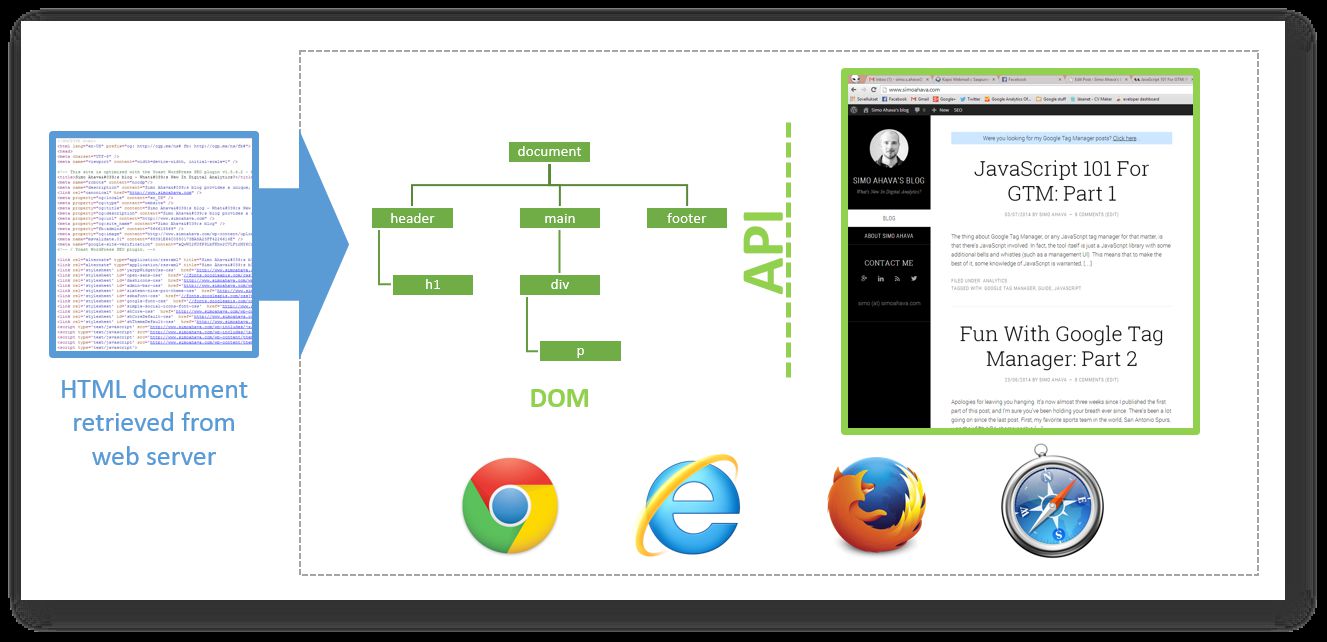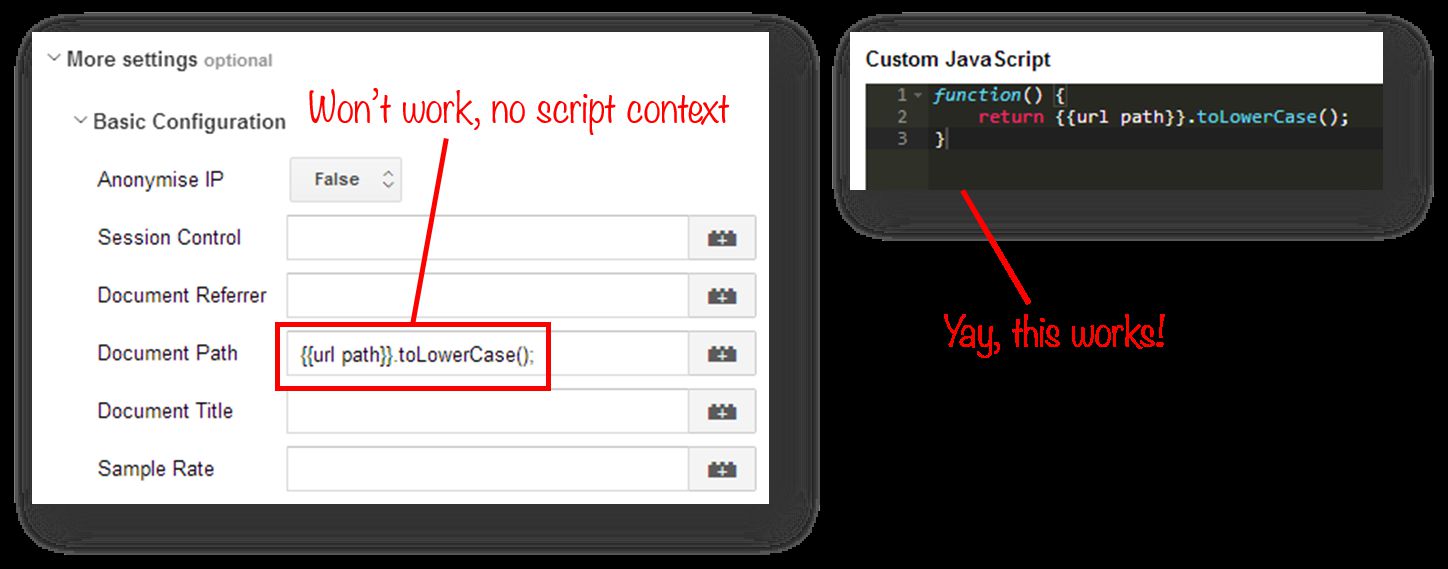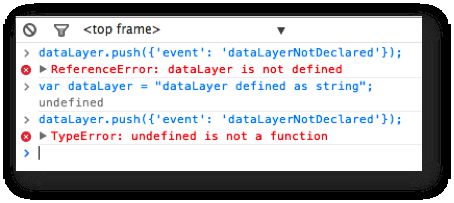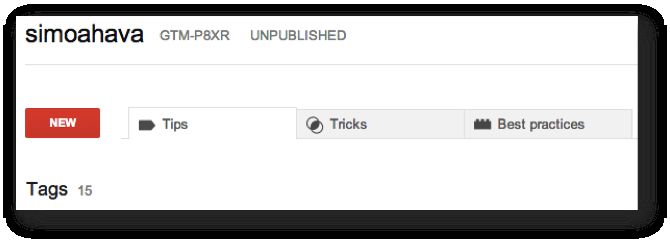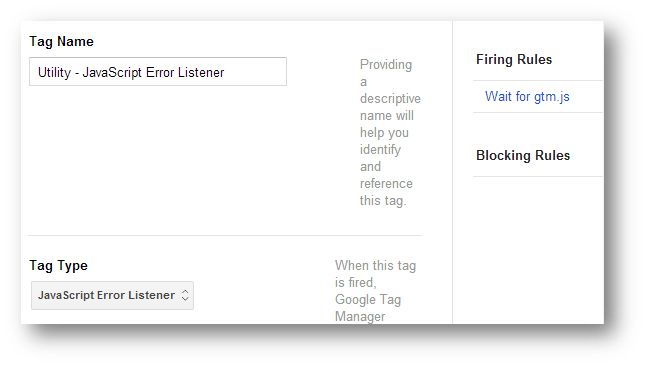It’s been an awesome summer, with temperatures soaring in the global warming range throughout our northern country. The heat has given me ample reason to not be near a computer, but now it’s time to mine some JavaScript wisdom again. Here’s the second part of my JavaScript for Google Tag Manager series. The first part focused on GTM specific tips and tricks, and I hope that while reading it, you were treated to another grand example of the flexibility of this wonderful tool.
